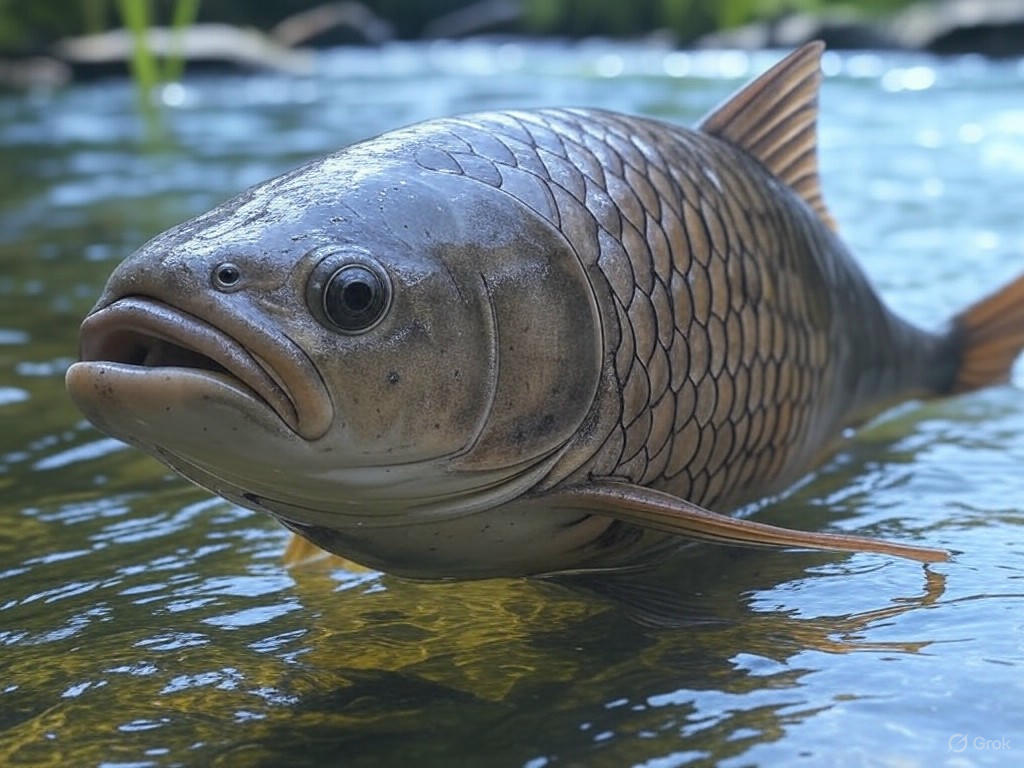In the world of paleontology, not all fossils steal the spotlight like towering dinosaur skeletons or intricately coiled ammonites. Some, like the peculiar remains studied by Dr. Yara Haridy at the University of Chicago, appear unremarkable at first glance. Yet, these seemingly mundane fragments of ancient armored fish are rewriting our understanding of evolutionary biology—and even connecting to a classic joke that has echoed through generations. Known for their tough, bony plates, these prehistoric creatures are now at the center of a surprising revelation: their dental structures may have inspired the age-old pun, ‘tooth hurty,’ a play on the phrase ‘two thirty’ often used to poke fun at dental pain.
Dr. Haridy’s research focuses on the fossils of placoderms, a group of armored fish that swam the Earth’s oceans over 400 million years ago during the Devonian period. Unlike modern fish with lightweight scales, placoderms were encased in heavy, protective armor, including bony plates around their jaws that served as primitive teeth. These structures weren’t just for show—they were crucial for grinding and crushing prey in a world teeming with evolutionary competition. Haridy’s meticulous analysis of these fossils revealed something extraordinary: the wear patterns on these bony ‘teeth’ suggest that these ancient fish experienced significant dental stress, not unlike the discomfort humans feel from a toothache. It’s a discovery that bridges a gap between the distant past and a modern sense of humor, as the pain of a sore tooth seems to be a timeless plight.
What makes this connection even more intriguing is how it ties into cultural expressions of pain and humor. The ‘tooth hurty’ joke, often delivered as a lighthearted quip about scheduling a dentist appointment at 2:30, might not have originated with placoderms directly, but Haridy muses that the universal experience of dental woes could have deep evolutionary roots. Her findings remind us that even the simplest jests can carry echoes of our biological history. Beyond the humor, her work sheds light on the evolutionary path of dental structures, offering clues about how modern teeth and jaws developed from these ancient, armored beginnings. It’s a testament to the idea that even the smallest fossil can tell a grand story, linking the struggles of prehistoric life to our own daily experiences.
As Haridy continues to unearth the secrets of these unassuming fossils, her research invites us to look beyond the surface and appreciate the hidden narratives in science. The next time you wince at a toothache or chuckle at a dental pun, consider the ancient armored fish that might have felt a similar pang millions of years ago. Their story, preserved in stone, proves that even the most overlooked relics of the past can resonate with the present, blending science with a touch of humor in a way that feels uniquely human.
